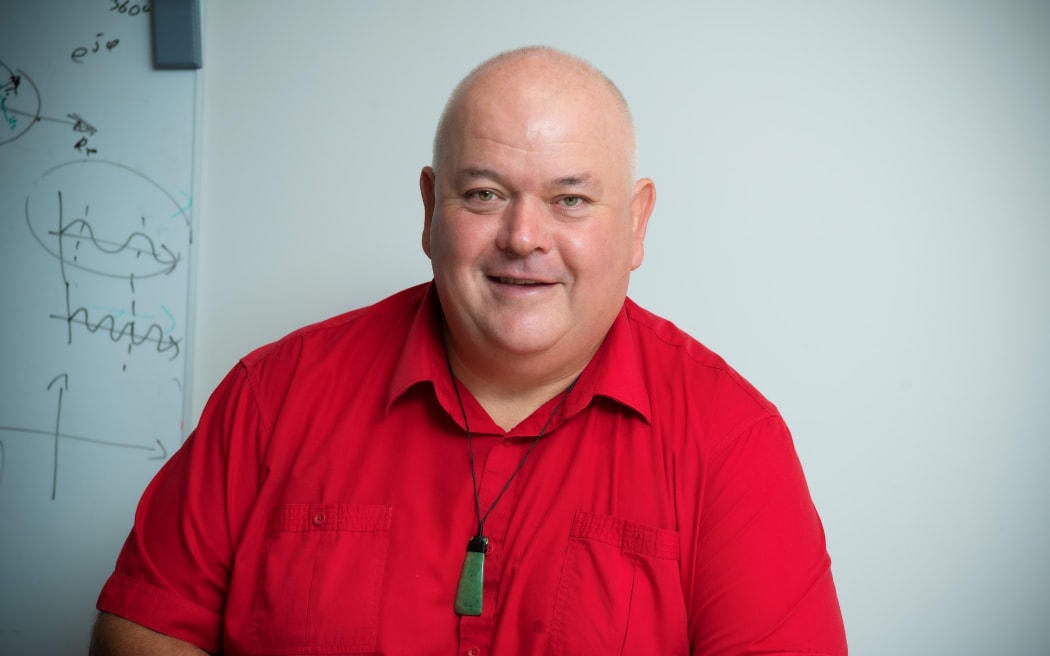
Air New Zealand is partnering with four aircraft makers to develop zero-emission demonstrator flights by 2026, using electric, green hydrogen and hybrid technologies. Photo: Air New Zealand
New Zealand is at the forefront of solving challenges that come with electrifying the aviation industry, and has a "clear pathway" to seeing zero emission flights within two years, an expert says.
Professor Rod Badcock from Paihau-Robinson Research Institute told Sunday Morning that New Zealand was a "sought after" partner to help solve the "massive global challenge" of achieving sustainable aviation.
"We in New Zealand have the young minds who are skilled in the area, we have companies who are meeting those demands and internationally, they just need us."
Right now, Badcock said fully electric fights were possible, and had been done over the Cook Strait, but only for small, light aircrafts.
The next challenge would be to see 19-seater electric flights, and then moving to domestic flights from Auckland to Wellington, for example.
"In New Zealand, you are going to see zero emissions flights from Air New Zealand operating within two years here.
"They will start off, it will either be a combination of sustainable aviation fuel, bio fuels, there will be hydrogen, there will be electric motors, battery packs, because the solution for New Zealand's challenge is a mixture of technologies.
"No one solution will serve our long-term need."

Professor Rod Badcock from Paihau-Robinson Research Institute. Photo: ROBERT CROSS
Badcock said finding a way to electrify air travel was important to New Zealand as it needed to be seen as "clean and green".
The country's "dirty little secret" was that per capita, New Zealand's emissions from aviation were one of the worst in the world.
New Zealand had no alternative, such as an electric rail system, to move internationally on.
"We have to fly," Badcock said.
"Addressing that, we have the opportunity to be global leaders and develop in the new industry."
But it was still going to take time, and safety measures needed to be signed off at every step to continue development.
Badcock said machines that were needed to create electric aircraft were currently just lab machines.
"Because to build that big a scale needs commitments by governments. And not just our government, it needs commitment by (the) US government and other nations. The commitment is starting to appear there."
That would take about five years, and once signed off by the Civil Aviation Authority, development could move onto the next step of flying in testing facilities.
After another five years, that could then move to actual flights in the air space, with minimal crew and no passengers.
But Badcock said New Zealand would see zero carbon flights in the next couple of years, and regional flights would be a mixture of electric, liquid fuel within the next 10 years.

